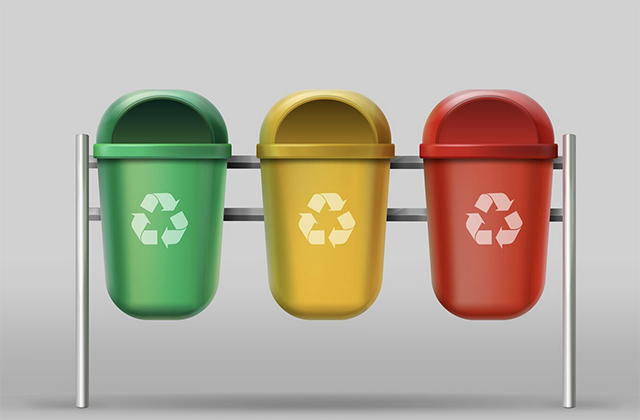Introduction
Hydrojet pipe lining is a simple and cost-effective method for restoring pipeline flow. This method uses a high-pressure jetting machine to clean out the inside of a pipe, then applies a protective coating to help prevent future clogs. The process takes about two days and can be performed without shutting down any equipment or other activities in your facility. Hydrojetting has been shown to have an average lifespan of at least 15 years with minimal maintenance costs compared to traditional methods such as digging up pipes or replacing them completely with new ones. Pipe relining cost Sydney is not a concern when it terms of expenses as long as after they fix it there is no any leakage.
Introduction
Hydrojet pipe relining is a simple, cost-effective method of restoring flow to pipelines that have been damaged by corrosion or other factors. The process involves inserting a soft rubber lining into the bore of the pipe, where it expands and fills any voids in the interior walls. This restores full flow capacity to your pipeline and prevents further damage from occurring in the future.
The advantages of HydroJetting include:
- Simplicity—Hydrojetting works via gravity; no special equipment or chemicals are required for installation, so you can use it even if you don’t have access to specialized tools or training. In addition, there’s no need for extensive excavation because you do not have to remove old linings before installing new ones; instead, hydrojets simply expand inside existing pipes until they fill all available space between existing surfaces and new linings.
The Process of Hydrojetting
Hydrojetting is a process that uses water pressure to clean and restore pipe flow. The process is simple, fast, and cost effective. A high-pressure water jet removes the damaged pipe material.
The following steps outline the procedure for hydrojetting:
- The technician will begin by cleaning out all of your pipelines with an air hose and then draining any standing water from inside of them (if any). They’ll also remove any loose debris in order to provide clear access for their equipment as they work through the system.
- After this initial preparation stage is complete, they’ll connect their machine up to your pipes using hoses or cables depending on what type of work needs doing – which could be anything from just removing loose debris from inside old rusted pipes (this can happen frequently during storm season when there’s lots of rainwater getting into old piping systems), all up until full blown replacements where entire sections need replacing due to damage caused by either age/wear & tear or flooding events like hurricanes/floods etc…!
- Once connected up correctly then its time for them
Benefits Of Using Hydrojet Pipe Relining
Hydrojet pipe lining is a cost-effective and efficient method of pipeline restoration that can be completed in as little as two days. Using the most up-to-date technology and equipment, our technicians will ensure that your plumbing system is working at optimal efficiency with minimal disruption to your daily life.
When you choose hydrojet pipe relining, you’re also choosing an environmentally friendly option with minimal impact on the surrounding area. In addition to being quick and easy, hydrojetting offers many other benefits:
Bottom Line
HydroJet Pipe Relining is a simple, cost-effective method for restoring pipeline flow.
It can be used for any type of pipe, including concrete and plastic. It’s a quick fix without the need for excavation, which makes it both cost effective and environmentally friendly.
HydroJet pipe relining is a simple and cost-effective method for restoring pipeline flow.
Hydrojet pipe relining is a simple, cost-effective method for restoring pipeline flow. Hydrojetting is non-destructive and used to repair damaged pipelines as well as restore pipeline flow. The hydrojetter machine uses high pressure water to remove the old lining from within the pipeline and then relines it with new polyurethane pipe linings. The process involves jackhammering out the existing liner, cleaning out any debris that may be inside of the pipe, inspecting its condition and then inserting polyurethane pipes into place using specialized equipment known as an extrusion gun.
Conclusion
HydroJet pipe relining is a simple and cost-effective method for restoring pipeline flow. The process involves injecting a material into the pipe that hardens in place, creating a new lining for your old pipe. This process is called “hydrojetting,” and it can be used on any material from PVC pipes to steel pipes. Hydrojetting has been around since the 1960s but is starting to gain some popularity because of its ability to restore pipelines without having to dig up or replace them entirely like traditional methods do. As technology advances and more people become aware of this process, hydrojetting will continue growing in popularity until it becomes standard practice for all types of pipes across industries that rely heavily on water transport such as power generation plants or manufacturing facilities with large cooling towers where corrosion may occur over time due to chemical reactions between different types of metals present within each one’s composition.” Streamline pipes is not hard to replace if it was layout properly during your house construction.



